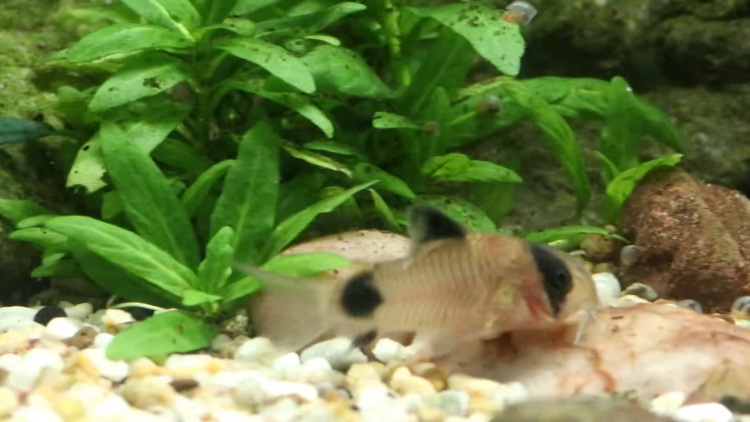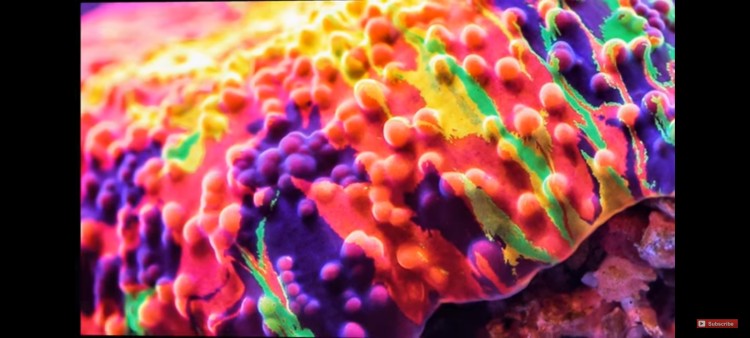How to build a beautiful planted tank for fish (Easy)
- Jun 03, 2023
- Anshika Mishra
- 390 0 0

A planned aquarium can be a great addition to your home or your aquarium collection. But if you are new to the hobby, it can seem like quite an undertaking to get the planted tanks set up and running smoothly. So, let's walk through step by step how to properly set up a simple planted tank and prepare it for aquarium fish.
The first item on the list is the tank itself. The tank should live in a well-lit corner of the house where it can be easily seen.
Location is important when setting up a new aquarium. It should preferably be close to a water source for hassle-free water changes. Once you are happy with the location of the aquarium, it's time to get started with the setup.
Adding substrate
For a planted tank, active flora is a great choice. It contains both minerals for the plants to grow strong and healthy but also beneficial bacteria, which will help boost the nitrogen cycling of this tank. This will be helpful when it comes to adding fish since we want the aquarium to be cycled in order to handle fish waste.
The black color of the substrate will make the plant look really stand out.
To create a sense of depth in the aquarium, you can use a tool or your hand to angle the substrate up towards the back, keeping the tank more shallow in the front. Creating a slope like this makes it a bit more eye-catching versus smoothing the substrate flat or pushing it to the front of the tank.
Adding Rocks
Planning ahead is great if you know what type of tank you want to create. Varying sizes of rocks create the most natural look. You can use a big rock as a starting point and smaller to medium-sized rocks to complement it. The key to an eye-catching planted tank that will wow your friends and family are in this step.
Take some time to place the rock carefully in a way that is appealing to you. It may take a couple of tries. To keep it simple, only use one type of stone.
Plants
A variety of plants can help make the aquarium look more natural. Plants of different sizes and shapes should be mixed together and can be used in different parts of the aquariums.
You can choose larger plants for the back of the tank and shorter plants for the front. An Amazon Sword and Red Flame Sword will go on either side of the island in the back, and Calicinaria in the back middle.
For the middle part of the aquarium, where rocks live, Java Fern and Windolov will add some beautiful texture and live attached to the rock itself.
Finally, in front of the island, you can place Cryptocurini Lutea as well as micro Swords that have grass-like texture.
The large Swords will be planted as is, but the other plants can be broken into multiple smaller plants. Simply split the Cryptocurrini Lutea with the fingers keeping the roots intact mad make about 506 smaller plants. The micro sword will be a bit more tricky because it sends out baby plants as runners in the chain but bunch a few smaller ones together to create clumps for planting.
This does take more work to prepare these, but it's a good way to cover more of the tank without having to buy lots of plants.
Aquarium plants don't like to dry out for too long, so keep them misted with a spray bottle while working.
Tools
Tools can also be very helpful when working with plants, specifically tweezers for planting into the substrate and scissors for trimming plants as needed.
Begin the Planting
To start the planting process, start in the back with the largest plants. The Amazon swords and Red Flame swords go in first, followed by a few Velacirien plants in the middle.
The Java Fern will simply be wedged between these rocks n wither since of the island. The rocks will eventually take hold and anchor it in place. In general, Java fern prefers to be attached to the decor rather than buried in the substrate.
The last two plants will go up front. Carefully with a pair of tweezers, wedge the roots into the substrate. The idea is to make these plants look like they popped up naturally around the rocks.
Now with a long and carefully placed hose now, fill up the tank making sure not to disturb the substrate. That way, the water will stay nice and clear after filling.
Up Next
Now you'll need some equipment to keep the tank running smoothly.
- An LED light that is designed for planted tanks is ideal.
- For filtration, a sponge filter will keep the water oxygenated and won't require a ton of maintenance.
- An airstone inside will keep small bubbles and keep the flow gentle.
You can also add some live beneficial bacteria formula to help boost the cycling of the tank further. In an effort to stop the algae overgrowth, the lights will be on a schedule and should not be switched on for more than six hours per day.
Now all you do is wait for the tank to go through the Nitrogen cycle. Testing the water will tell us when the tank has completed cycling







About author